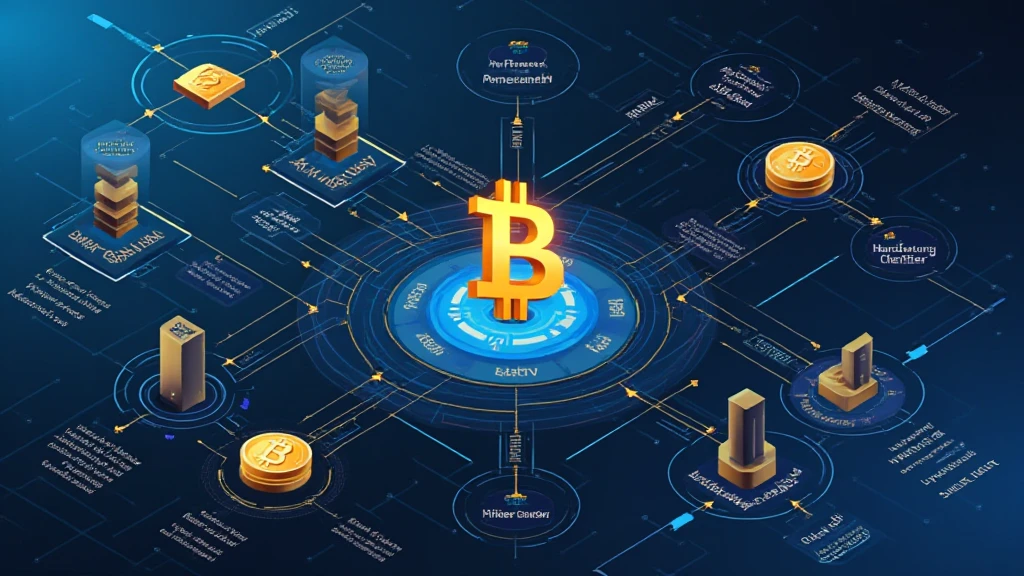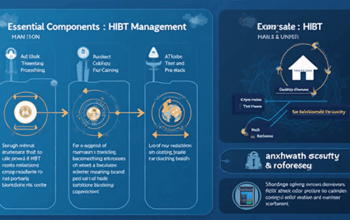Bitcoin Blockchain Interoperability: Bridging Digital Asset Ecosystems
With an estimated $4.1 billion lost to DeFi hacks in 2024, the need for secure and efficient blockchain interactions has never been greater. Bitcoin, the pioneering cryptocurrency, has long faced challenges in interoperability with other blockchain systems. As more assets migrate to decentralized finance (DeFi) platforms, understanding Bitcoin blockchain interoperability becomes crucial for enhancing security and broadening user access.
What is Bitcoin Blockchain Interoperability?
In simple terms, Bitcoin blockchain interoperability refers to the ability of Bitcoin to communicate and exchange data with other blockchain networks seamlessly. This allows for greater flexibility, user accessibility, and asset liquidity across different digital platforms.
Why is Interoperability Important?
Imagine walking into a bank and finding it impossible to transfer funds unless you use only their system. This scenario mirrors the current state of many blockchains, including Bitcoin. Increased interoperability means:

- Enhanced user experience: Users can manage multiple assets across different blockchains without hassle.
- Increased liquidity: More interactions result in a more liquid market.
- Better security: As vulnerabilities in one blockchain can affect others, integrating their defenses can enhance overall security.
How Bitcoin Interoperates with Other Blockchains
Atomic Swaps
Atomic swaps allow users to exchange cryptocurrencies directly between different blockchains without the need for intermediaries. This mechanism is significant for Bitcoin, providing a decentralized trading method while maintaining the security that Bitcoin is known for.
Cross-Chain Bridges
Cross-chain bridges play a pivotal role in Bitcoin’s interoperability landscape. These platforms facilitate the transfer of tokens from one blockchain to another, significantly enhancing user engagement and market dynamics. Here’s how it works:
- Tokens are locked on the source chain.
- A corresponding amount is released on the target chain.
- Security measures such as oracles ensure that the process is reliable and accurate.
The Role of Standards and Protocols
To achieve true interoperability, several protocols and standards must be established. This ensures that different blockchain networks can communicate effectively. Key standards include Universal Protocols and Inter-Blockchain Communication (IBC), providing frameworks for seamless interaction.
Vietnam’s Growing Blockchain Ecosystem
Vietnam is witnessing a remarkable surge in its blockchain user base, with a growth rate of over 40% in 2023 alone. This booming market reflects a promising future for blockchain technology, especially as the country emphasizes the importance of interoperability for broader adoption.
Security Concerns in Interoperability
While interoperability presents numerous advantages, it also introduces new risks. Each link between blockchains can be a potential target for exploitation. Consequently, robust security measures must be put in place, including:
- Multi-signature wallets
- Decentralized exchanges
- Regular audits of cross-chain protocols
Future Trends in Bitcoin Interoperability
Looking ahead, several trends are likely to shape Bitcoin’s interoperability landscape:
- The rise of Layer-2 solutions, which enhance scalability and lower fees.
- More partnerships between different blockchain developers to create infrastructure for easier communication.
- Increased focus on regulatory compliance, particularly as governments become more interested in blockchain technologies.
Conclusion
Bitcoin blockchain interoperability is not just a technical requirement; it’s crucial for the future of digital assets. As the demand for secure and accessible blockchain environments grows, so does the importance of seamless communication between different platforms. Understanding and implementing interoperability can pave the way for a more integrated and functional blockchain ecosystem, especially in rapidly developing markets like Vietnam.
For more insights into optimizing your cryptocurrency experience, visit btctokenio.





